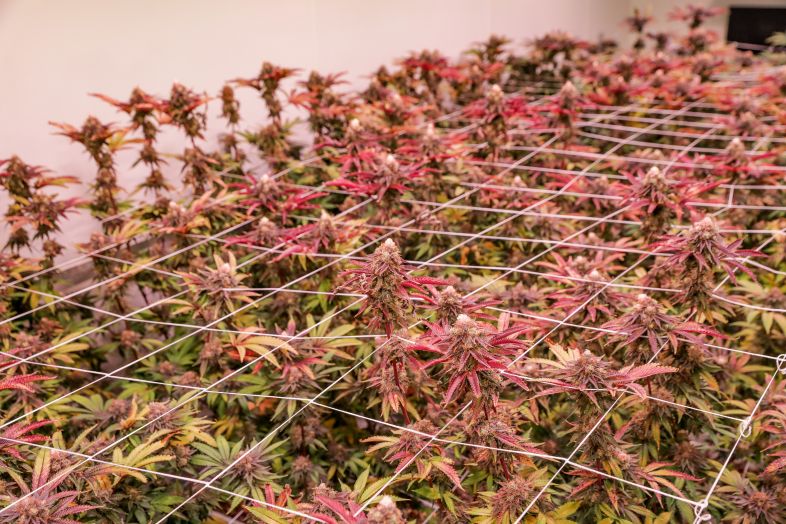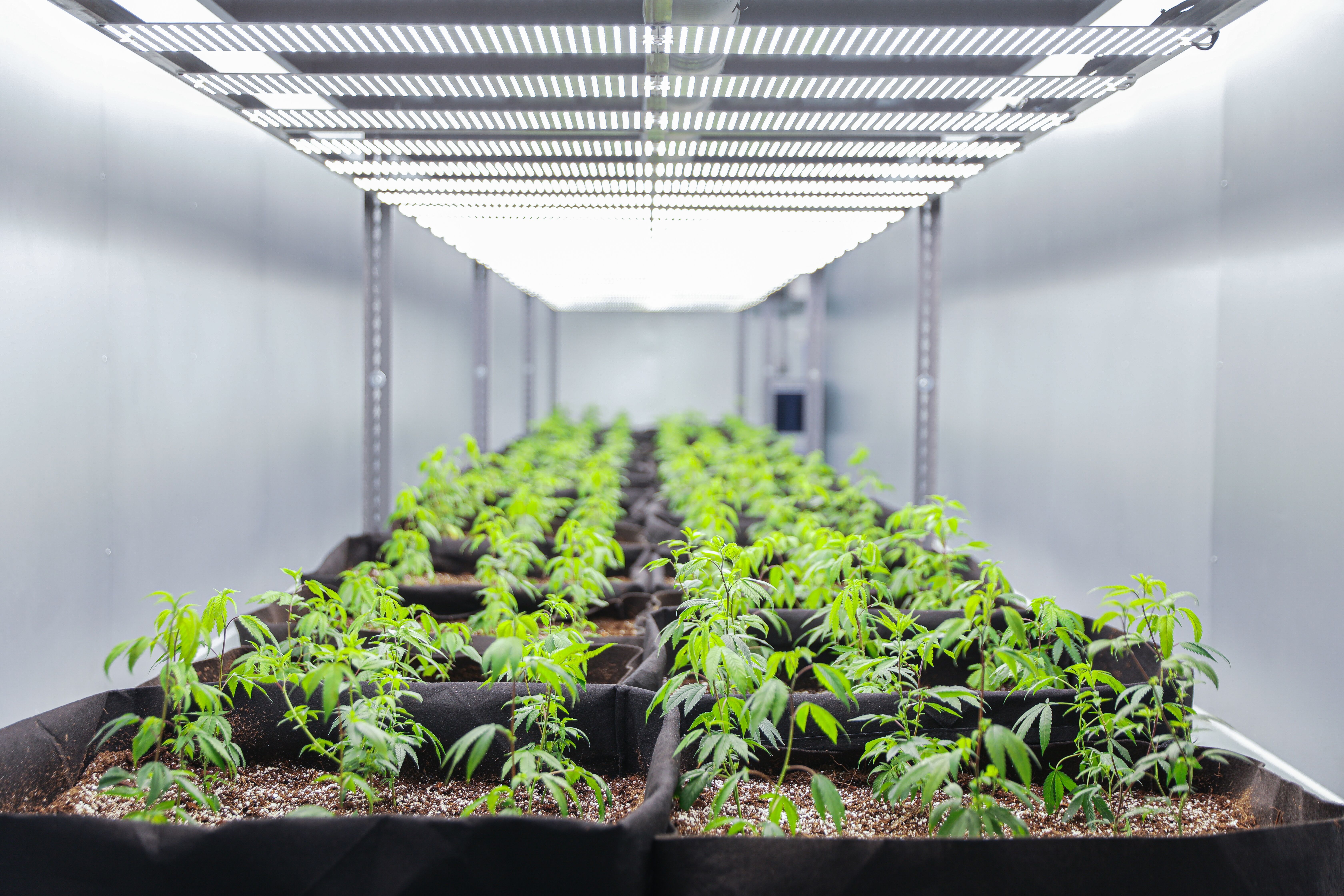Legal cannabis production is now among the fastest-growing industries in America. New legislation continues to create brand-new cannabis markets across the U.S. and internationally as well; meanwhile, producers in states that have already legalized for medical or recreational purposes are watching consumption increase.
Oklahoma, for example, has seen rapid expansion since 2018 when it became the 30th US state to legalize medical use of cannabis, by all means a red state. In this expanding market, many growers are unsure of how to scale up their production quickly enough to keep up with the growth.
There are many options available, most of which are widely known even if you’re not a farming professional- you could buy land, develop greenhouses, get in on franchise operations and so on.
One option is to grow in a prefabricated grow facility: a literal farm in a box. The aim here is to provide an easy turnkey solution for those who want their farm business to grow as fast as their marijuana plants, and provide the framework to scale an operation anywhere in the world.
The Challenges of Scaling Marijuana Grow Rooms
Everyone who grows cannabis will eventually face challenges in improving their production. Whether you’re a hobbyist hoping to clone more of your favorite plant, or a small business owner trying to make the most of market expansion, the decisions can be tough and trade-offs unclear.
The first issue is nearly always space. You could grow outdoors but this minimizes production capabilities and isn’t workable in most American climates. In this video, our master cultivator Sam walks through the pros and cons of growing outdoors vs inside a lab.
In regions with extreme climates, indoor grow operations are the only option. Finding and keeping these costs money, which most small-scale hobby growers and entrepreneurs are short on, to begin with. Even if budget isn’t an issue, most states’ zoning regulations for cannabis production make finding a space at best tricky.
Next, to make a meaningful cannabis extraction lab you’ll need processing facilities as well as cultivation tools like specific lighting, air filtration, precise temperature control, and much more.
Of course, you’ll want to maintain keep his space for years. Yet for those who hope to scale with the market, that may not be realistic – Bloomberg estimates that the legal cannabis industry in the U.S. alone will expand to eight times its current size, within 10 years.
As such, any grower serious about keeping up will have to expand their cannabis grow system at the same pace, too.
Using Cannabis Grow Containers
When you’re starting out you need flexibility to match your specific grow operation and available resources. This is where the modular farming model comes in.
Over recent years these established technologies have come together in shipping container farms. These give a second life to the standard 40ft steel container used in shipping goods across the world. The interiors are cleaned, sanitized, and fitted out with a complete indoor farm.
Light, temperature, humidity and nutrients can be tightly controlled so most farms use 95% less water than normal farms and with 24/7 lighting and a regulated environment, many crops can have multiple harvests a year.

Most farms use soil-less aeroponics or hydroponic systems – nutrients needed for plants to grow is delivered via mist or water. Because the system is closed with no “dirt” to grow in, there is no need for pesticides or herbicides. The result is much cleaner produce and significantly higher yields.
The setup requirements can be minimal- flat stable land, a power source and access to water. There is plenty of documentation on sourcing and fitting your container by yourself but many suppliers have developed complete turnkey solutions, complete with lighting, air filtration, and temperature control.
Being indoors, the container can be anywhere from a desert to downtown- wherever your customers are. And there is next to no loss in transportation.
Shipping Containers as Method of Scaling
The beauty of these kinds of marijuana growing containers is in the ability to build a scalable operation that fits any grower’s specifications, even if those specifications vary month to month.
For example, you could start a personal cannabis micro grow for fun and with friends, you could get a collective 20-foot box to start a communal grow and figure out the kind of cannabis grow room design that works for you.
Then you may want to go with a 40-foot box with more people and more customers.
Meanwhile, established growers are able to adapt to changing markets. Typically in states which have legalized consumption, demand for cannabis often surges initially and then levels off once a critical mass of producers have entered the market.

How long will this take? This is impossible to tell but with container farms, where you can start with a 40-foot combination of boxes, and then add more to your grow room setup if demand rises to match market growth.
Need multiple containers but you don’t have space? Again, not a problem as one marijuana grow container can even stack on top of another on private property such as a farm or backyard, or in an existing warehouse, keeping grow footprints minimal. It’s not just space and location constraints which disappear.
Want to diversify? The systems have been developed for cannabis but also work for any crop which can be intensively farmed indoors: microgreens, leafy greens, kale, lettuce, herbs, even strawberries can now be grown anywhere from desert to downtown, even in the same container.
Managing the Downsides
Nobody pretends that entering into this business is risk-free. Using a shipping container, either one from many established indoor container farming manufacturers, or setting one up yourself is energy and cash-intensive upfront.
The technology and your growing ability need to be optimised for your crop and it’s easy to make mistakes as you learn.
More importantly, you’ll need a specific idea of how your business model will work out. How are you different? How are your economics different? Who is your target customer? There are countless examples of successful container farm operations but they all have in common a very clear idea of their value proposition and their customers.
The future of cannabis farming may well be container shipping- secure, clean, even organic grow available close to the customer. But it still requires good business sense.
- Could The Future of Cannabis Growing Be Inside a Shipping Container? - October 18, 2019


